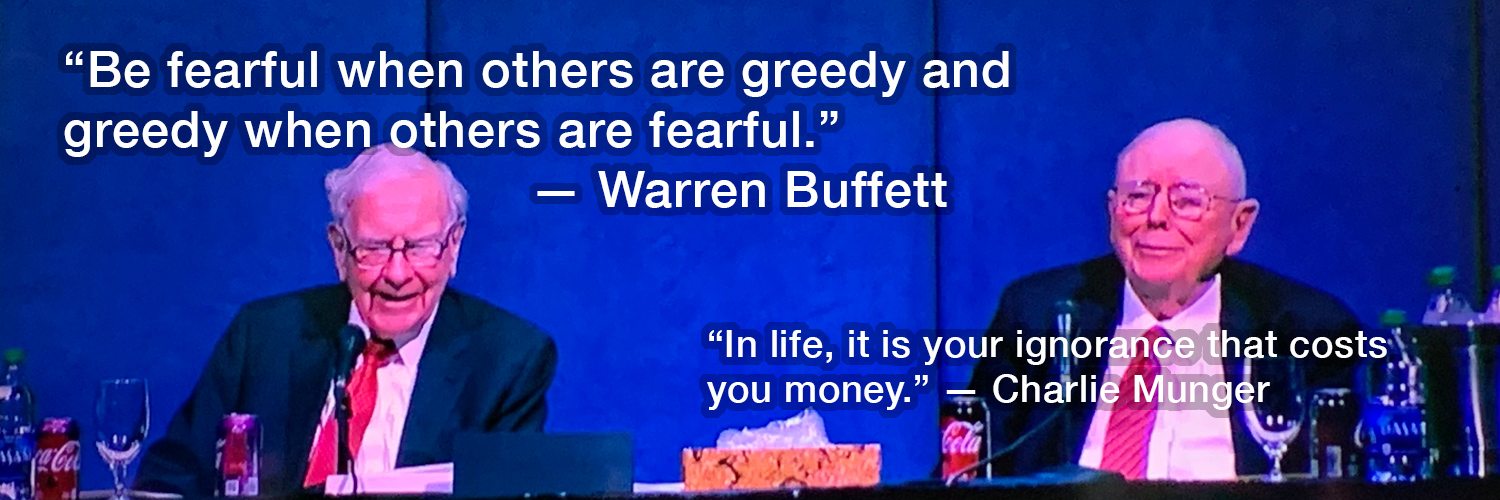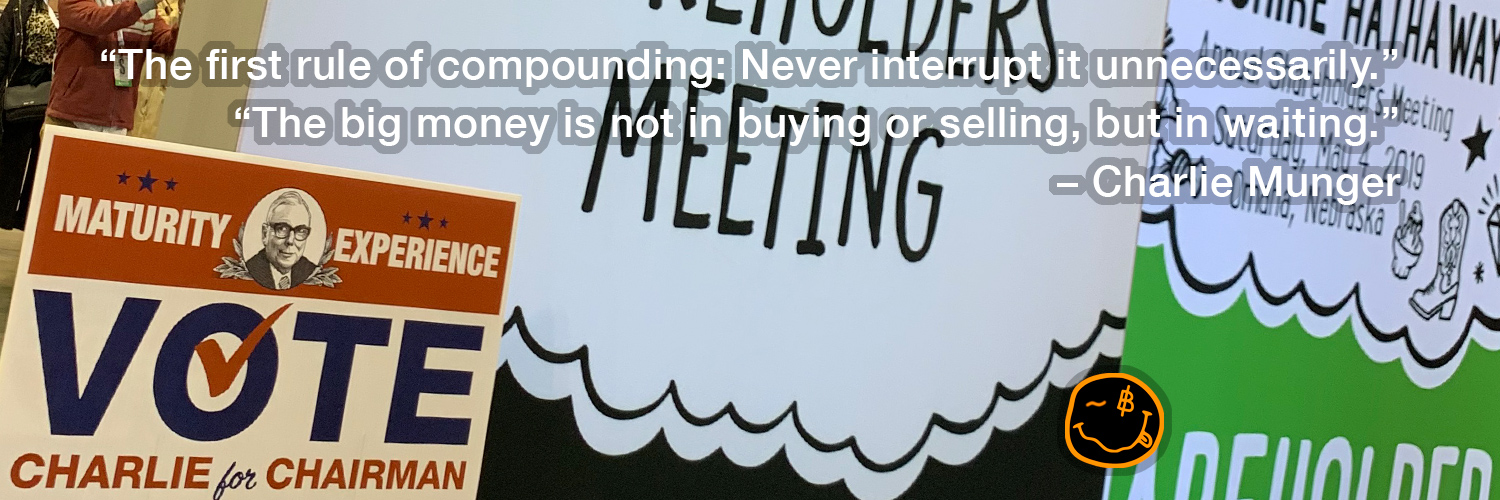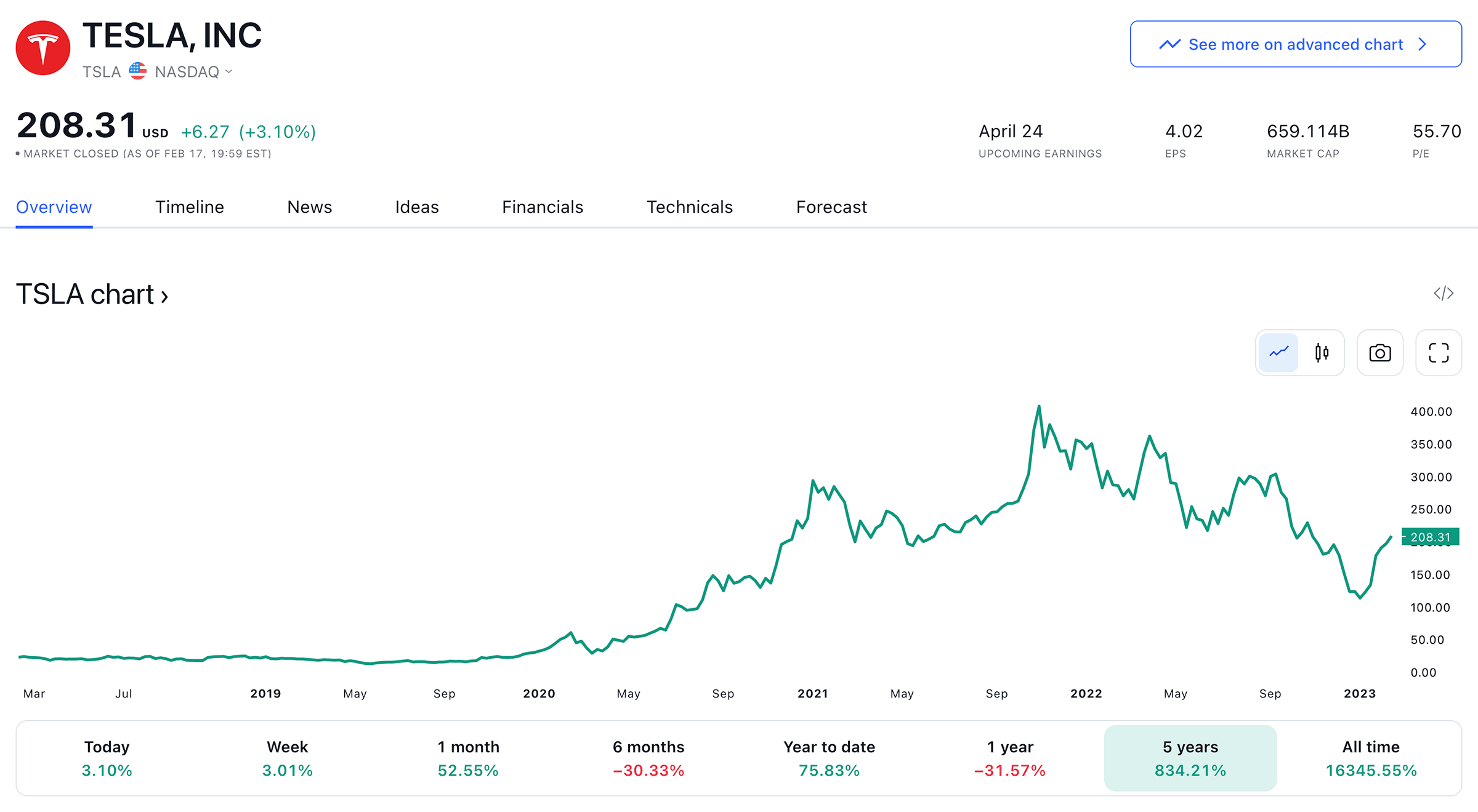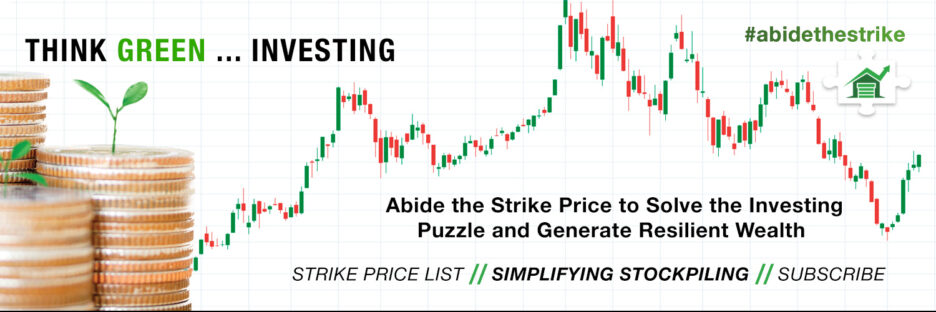Think Green … Investing
The Green Garage Investing goal is to make the GREEN for ourselves whilst we humans GREEN the world for our grandchildren and all:
🦋🧜♀️👽🤖🦄🌻👣
#ThinkGreenInvesting
Strike Price List // Abide the Strike Price // Generate Resilient Wealth // Think Green … Investing // Subscriber Benefits →

Climate change, deforestation, species extinction, plastic pollution, war, ETC … the list of things humans have done to harm the planet and all its inhabitants is staggering. Humans are also capable of accomplishing great things. Our energy system is going to be transformed over the next decade or two. Energy will be clean, renewable, inexpensive and abundant. Game changer for the galaxy. {if ya don’t believe // read, watch and rethink} But there is a lot of work and investing to be done between now and then. The GGI goal is to figure out how to make the GREEN while we GREEN.
NOTE: It’s not about ESG mandates, it is about finding companies that are pragmatically working to make the world a better place than they found it, and buying them below Strike Price.
The Green Garage Investing Approach
We don’t manage your investments for you or tell you what to buy and sell. You choose based on our extensive Strike Price List and the accompanying Delta-to-Strike. We help you learn about what you are buying and take control of your own investing practice. We give our opinion of what we think longer-term retail investors should pay for a stock to get a MoS price. We try to identify the best stocks in each of the 11 sectors (plus ETFs for indices, bonds, etc.) and further categorize them into 4 lifecycle stages to help you with position sizing and portfolio management. There are also short/hedging options to strategically include in your portfolio.
Our Strike Price List is a semi-DIY subscription service to help retail investors succeed.
From our Strike Price List of up to 300 stocks (plus the odd bonus pick and hundreds more that we have analyzed {if you want to go off the board}) you can choose the stocks that best match your interests and areas of expertise and build both a diverse yet concentrated portfolio with commodities, financials, tech, consumer discretionary and staples, etc., from venerable dividenders to volatile disruptors. There is no optimal number of stocks to own. 15-30 is a good rule of thumb. Most will want to keep it on the lower side but some will want to have a larger basket of disruptors and thus each position should generally be smaller. {However, you may want to load up the truck when a once in a blue moon opportunity arises.}
There are no guarantees, especially on a 1 year time frame, that we and/or you will beat the market, but over a number of years if we can find a few of the markets next 100+ Baggers, buy them on sale and hang onto them for a number of years, then we should all do exceedingly well.
Not Diversification
Peter Lynch, Magellan Fund manager from 1977 to 1990, who averaged a 29.2% annual return, referred to diversification as “diworsification” in his book, One Up On Wall Street. Warren Buffett explains: “Diversification is protection against ignorance. It makes little sense if you know what you are doing.” … “Opportunities come infrequently. When it rains gold, put out the bucket, not the thimble.” We don’t want to own all the crappy stocks along with the good ones like it’s some sort of cable TV bundling package. {Even Netflix is just a streaming bundle. We want to pay for what we watch, when we want to watch it, not pay for all the stuff we don’t want to watch 😡 Apologies for the rant :} We try to own the best in each Sector and Lifecycle Stage. There are 11 Sectors (plus one for indices, etc) and 4 Lifecycle Stages (plus one for shorts). Having a well chosen mix of those (perhaps 15-30 stocks) in a stock portfolio can establish resilience. This trumps diversification. #AbideTheStrike
Not Dollar Cost Averaging (DCA)
Investopedia defines DCA as “the practice of systematically investing equal amounts of money at regular intervals, regardless of the price of a security [stock].” This is fine if you have decades to let the market do its thing {stonks don’t always go up} and you want to do the bare minimum of work. However, if you can regularly put money into great stocks that are at Strike Price, have patience to let the market do its compounding thing, and awareness of portfolio management, then out-sized returns are achievable. If the benchmark is 9% a year for the S&P 500 (last 20 years), let’s aim for a Lynchian 29%. However, we would be stoked with 20%. A fully resilient portfolio won’t necessarily have everything going up at once.
Thru 2016 to 2022 the S&P was up ~12.5% and Nasdaq ~16% per year. Many stocks averaged much higher returns. Those are the ones we are seeking. See A – Z in our GGI Strike Price List for how hundreds of individual stocks have performed since 2016.
Subscribe to our Strike Price List (access via Patreon // starts at US$3.25 per month)
More info about Subscriber Benefits →
Fear & Greed

The stock market goes in cycles from there’s blood in the streets {FEAR} to irrational exuberance {GREED}. Every once in a while Efficient Market Hypothesis is correct and stocks trade at fair market value. When the market, industry or company experiences an event that causes fear then our Strike Prices light up green. FUD will be at its peak but if the stocks thesis is intact and the event is temporary (12 months or so) then this is the time to buy to maximize your CAGR. When your proverbial cab driver mentions an investment then greed is peaking.
#BuyLowSellHigh
If you bought in the time of FUD you can taketh your profits instead of getting caught up in the FOMO that too often doesn’t end well. As Keith Fitz-Gerald puts it, “The path to profits is as pure as it is simple. You buy the world’s best companies making “must-have products and services” when nobody wants ‘em, and you sell when others can’t resist buying.”
Sometimes the fear is legit, but remember that a lot of the time the FUD is manufactured. When Wall Street scares you into selling at the bottom of the market, or even a dip, they have just taken your money by buying your stocks for cheap. They call this process Accumulation and Distribution. Learn about the Wyckoff Method or read Reminiscences of a Stock Operator.
The stock market has a tendency to go up over time. Use that to your advantage. We like to recall this quote in Psychology of Money by Morgan Housel from time to time: “Pessimism makes you sound smart, optimism makes you money.” Perhaps you prefer this quote from the investing veteran, Howard Marks, author of Mastering the Market Cycle: “I’m convinced that everything that’s important in investing is counterintuitive, and everything that’s obvious is wrong.” Or the famous contrarian investor Sir John Templeton: “buy when others are despondently selling.”
Strike Price List // Abide the Strike Price // Generate Resilient Wealth // Think Green … Investing // Subscriber Benefits →
HODL (aka patience)

Holding On for Dear Life may come from the Bitcoin community but it is also applicable in stock investing. Not to be conspiratorial, but Wall Street likes to take money from less savvy retail investors and have been known to create FUD to do so. (Tesla being a recent example: $300 in Sep 2022 to $100 in Jan 2023.) The antidote for that is patience; having a longer-term investment horizon (3+ years). 18 months seems to be about as far out as Wall Street is willing to look. Stock markets have a natural bias to go up. Ken Fisher taught us, “It’s not about timing the market, but about time in the market.”
#HODLtheRainforests (tweet reference)
As long as the thesis is intact, allow your stocks time to do their compounding work. (more info about compounding) For example, John Deere, definitely a value not growth stock, has a 16.3% CAGR over the past 10 years (doubling your money every 4.4 years). Apple’s 10 year CAGR is 24.5% (double every 2.9 years). Tesla is 53.2% (double every 1.4 years).
Warren Buffett quips, “In the short term the stock market behaves like a voting machine, but in the long term it acts as a weighing machine.” If you own quality companies with a moat (durable competitive advantage: E.G. brand, pricing, switching, toll, secrets, network) that are profitable and growing revenues, earnings and free cash flow, eventually the market will return to a bullish phase and reward your investment. “The big money is not in buying or selling, but in waiting,” explains Charlie Munger.
In case you were wondering what ChatGPT has to say about why patience matters in investing:
“Patience matters in investing because it allows an investor to ride out short-term market fluctuations and not make impulsive decisions based on fear or greed. It also allows an investor to take a long-term perspective and focus on their investment goals, rather than trying to time the market. Additionally, patience can help an investor avoid costly mistakes, such as buying high and selling low.”
We present Exhibit A for why patience matters for compounding and how one can take advantage of the irrational voting machine:

P.S. When asked about why strike price matters it discussed options contracts which is a separate issue. However, our Strike Price can be used for selling puts and calls if one is so inclined.
Subscribe to our Strike Price List (access via Patreon // starts at US$3.25 per month)
More info about Subscriber Benefits →

